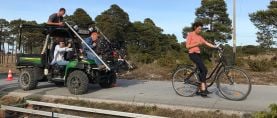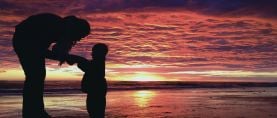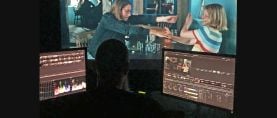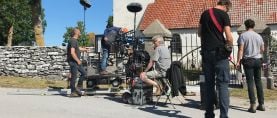
Bergman Island Journal — Part II
Denis Lenoir, ASC, AFC, ASK’s updates on the making of this unique project set on Fårö, the Swedish island where Ingmar Bergman shot four features, lived, died and is buried.
The cinematographer’s updates on the making of this unique project set on Fårö, the Swedish island where Ingmar Bergman shot four features, lived, died and is buried.
Production images courtesy of the author
Editor’s note: This production diary will unfold over the following days in multiple parts (starting here), while a more formal interview with the cinematographer can be found here.
Week Minus 2
Monday, July 9, 2018
Mia and Marie picked me up this morning and went on the East coast of the island to scout first some exterior scenes around the house and later Ingmar Bergman house, his second one, the one he built in 1968 and lived the last years of his life. Somebody was there to open for us his library (they keep it close since some books were stolen by dishonest devotees).
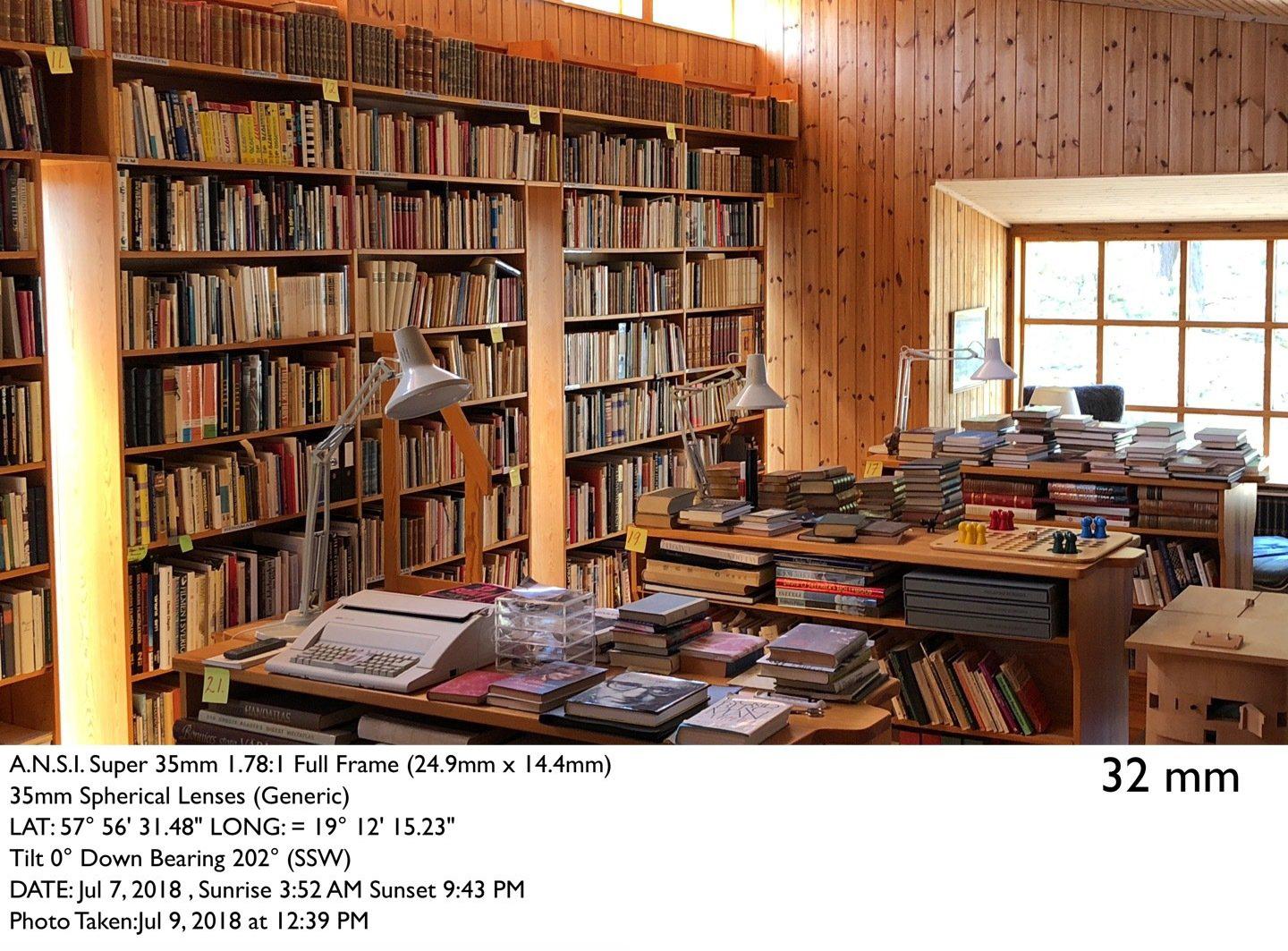

To keep on working, and as going to any kind of restaurant for lunch would take more than an hour, we brought some picnic. We ate in the I.B. breakfast nook.
For the sake of this journal, I took a picture of a photo of Sven Nykvist which is in the production office room. I don’t know if the inscription will appear big enough to read (S.N. is holding a Brownie Camera): “Yes, I do handheld shots, too.” Sven.
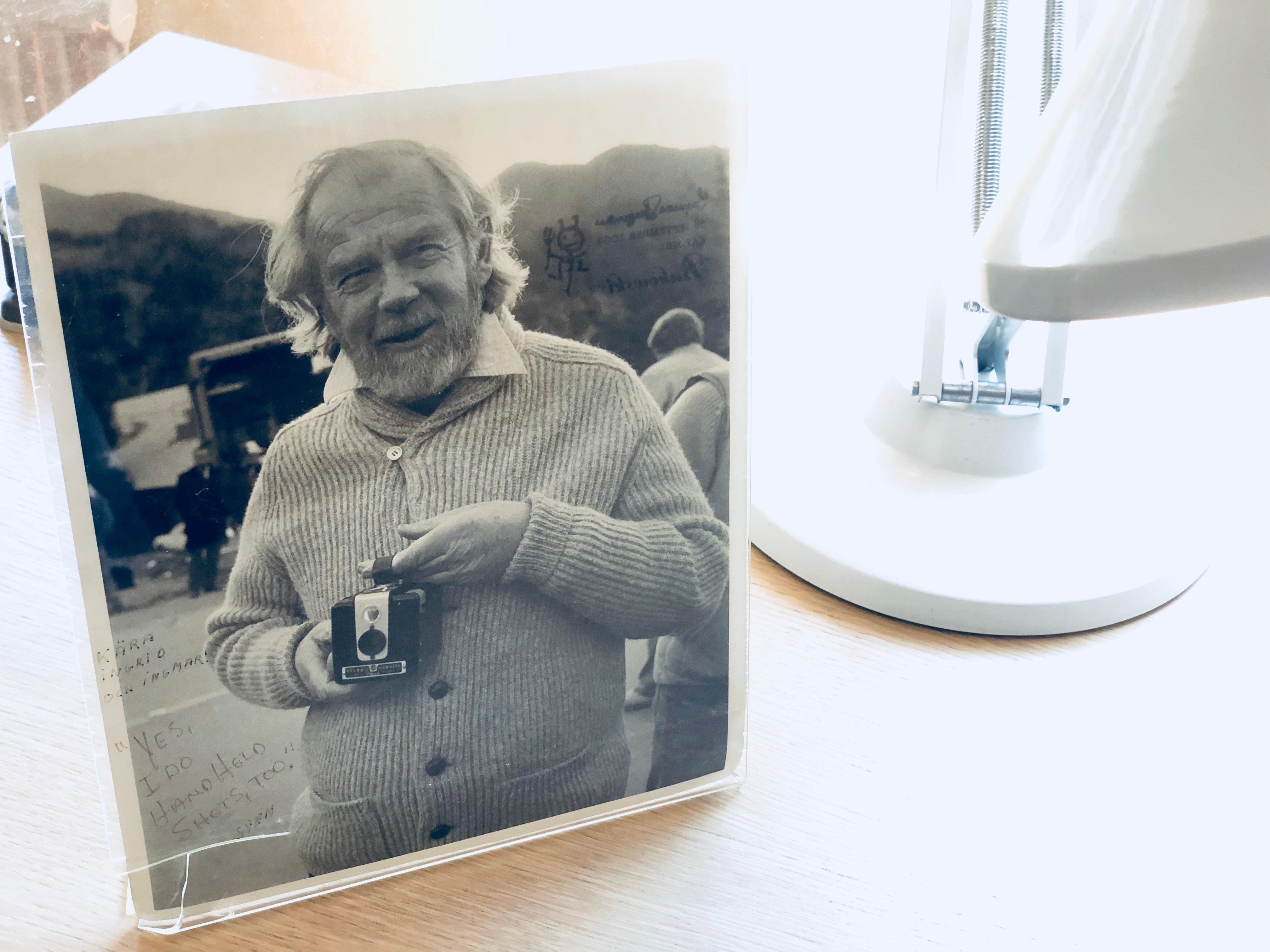
Pierre Wallon, the line producer I know since I don’t even remember when, but with whom I worked in Belgium and England for François Ozon Angel, drove me to Visby Airport so I can fly to Stockholm at the end of the afternoon, an opportunity to catch up about his life, his three sons, how the Swedish work differently (they seem to be always improvising at the last minute!) and many other things.
I must immediately correct that assertion about the Swedes by stating that Michael and the art department as well as Pauline and the casting division are very, very reliable. Beforehand David van Berg, the Belgium 1stAC who is coming for tomorrow shoot, had called me from the Stockholm rental house. I discovered that he didn’t know in what ratio we were filming, 1.85, I suggested to him to mark on Magic Scotch Tape on the monitor and on the eye piece the proper frame as it seems it can set to 2.40 or 1.77 and nothing else.
Dinner with David at the bar — horrible burgers — of our Stockholm airport hotel. He told me about being by himself at the rental house at 5:00 pm with only the janitor left, with six cases, the first taxi never showing up. He asked the second one, who had driven him to the airport, to wait till he would get a trolley, only to come back a few minutes later with the taxi gone and the cases abandoned on the curve.
I had flown to Stockholm to be able to fly back tomorrow morning, with David and a camera, to try to film the shot I missed on Friday (and that Mia wants on film anyway). This time it will be a plane with high wings and David and I have the windows at each end of the same row. We should be able to know ahead of time which side will be the proper one. But the production, the Swedish side of it, has not made any deal with SAS the airline company, we are supposedly not allowed to take more than 8 kilos per passenger in the cabin, and the shot is supposed to be filmed when approaching and landing, at a moment when no one is allowed to hold a 30 pound object at head level or even on his or her lap. We could very well tomorrow not be allowed to take the camera inside the cabin and even if we are we may not be allowed to film. L’espoir fait vivre. (Hope keeps you alive).
Tuesday, July 10
David was building the camera in the lobby when I joined him, I gave him my set of handles as well as an ND6 filter, we put all our stuff on a cart and started pushing it through the airport to the check-in area. There we met Dirk, the gaffer from Belgium, who will be traveling with us and we went to the desk. The attendant was very nice and let us take the camera and the battery as handheld cabin luggage. Security seemed a little concerned by the battery but not much. We had been, of course, very conservative with time so we waited quite a bit before embarking, leaving the building, still with the camera held by the handle, like a bag. In the plane, as planned a small turbo prop with high wings and a capacity of something like 70 passengers where you enter by the side of the tail. I immediately asked the hostess if she knew if we were going to land facing north or south, she called the pilot and after a surprisingly long conversation in Swedish told me we should land facing north, but it could change. So I went to sit on the left side, David next to me and Dirk on the other side of the aisle. When closer to take off the hostess ask us what we were going to do with the camera, I suggested we tie it like an infant to our own safety belt and she was kind enough to accept this solution and bring us a special child belt.

A few measurements with my spotmeter, a change of lens, and very soon — this is a 45-minute flight — we were descending. David who so far had kept the camera on his lap passed it to me, we tied it, still with the little red baby belt, to my own and I started filming. We were on the good side, above the sea with the island further away on my side and I was able to film for several minutes without interruption (Mia had told me she would possibly use this footage for the opening titles). After landing we couldn’t believe we had the shot: at no point we had had the feeling employees of the company had been told about us and our intent to film, at different moments they could have stopped us and we would have complied, but we got it.
Max, from production, called me to announce that the electric equipment I needed for the keylight tests had not been loaded in Stockholm and that we would not film them today. I remained very calm but made it clear that I would not start this film without having filmed and view them.
After a terrible and early lunch in Visby, we moved to the harbor, parked the truck and walked three hundred meters on the top of a jetty to set the camera in such a way we would be able to film the big ferry coming from Stockholm while approaching the harbor as if she was at sea. Then we drove to Farö, got a quick POV shot when approaching the island from Gotland, drove again to Damba, shot a day establishing shot of the windmill, a view of I.B. private cinema in the low sun of late afternoon and settled to wait for dusk, knowing that the proper time would probably be not much before 10 pm. It was the semi-final of the World Cup, France vs Belgium, we were able to watch it on one of our computers, Belgium and French crew members side by side. I’m not a soccer fan, and probably none of the French were, the Belgium crew members seemed more passionate about it. But we won and I tried to remain somewhat humble, not wanting to alienate some of our crew (!).

Wednesday, July 11
First day of the tech scout. I met Temoudjne, the key grip. We spent most of the day showing him where he would have to lay tracks, each time he looked totally non-surprised, smiling and positive. Very good impression of Dirk too, both of them, who have been working a lot together in the past, always coming up with ideas, solutions.
Thursday, July 12
Another day of tech scout. The opportunity to show to Temoudjine and Dirk the second Bergman house, the one he had built for himself and where he spent the rest of his life, and more particularly the very moving bedside table where he used to write down with a ball pen and directly on the white paint his thoughts when awakening in the middle of the night after a dream or in the middle of insomnia.
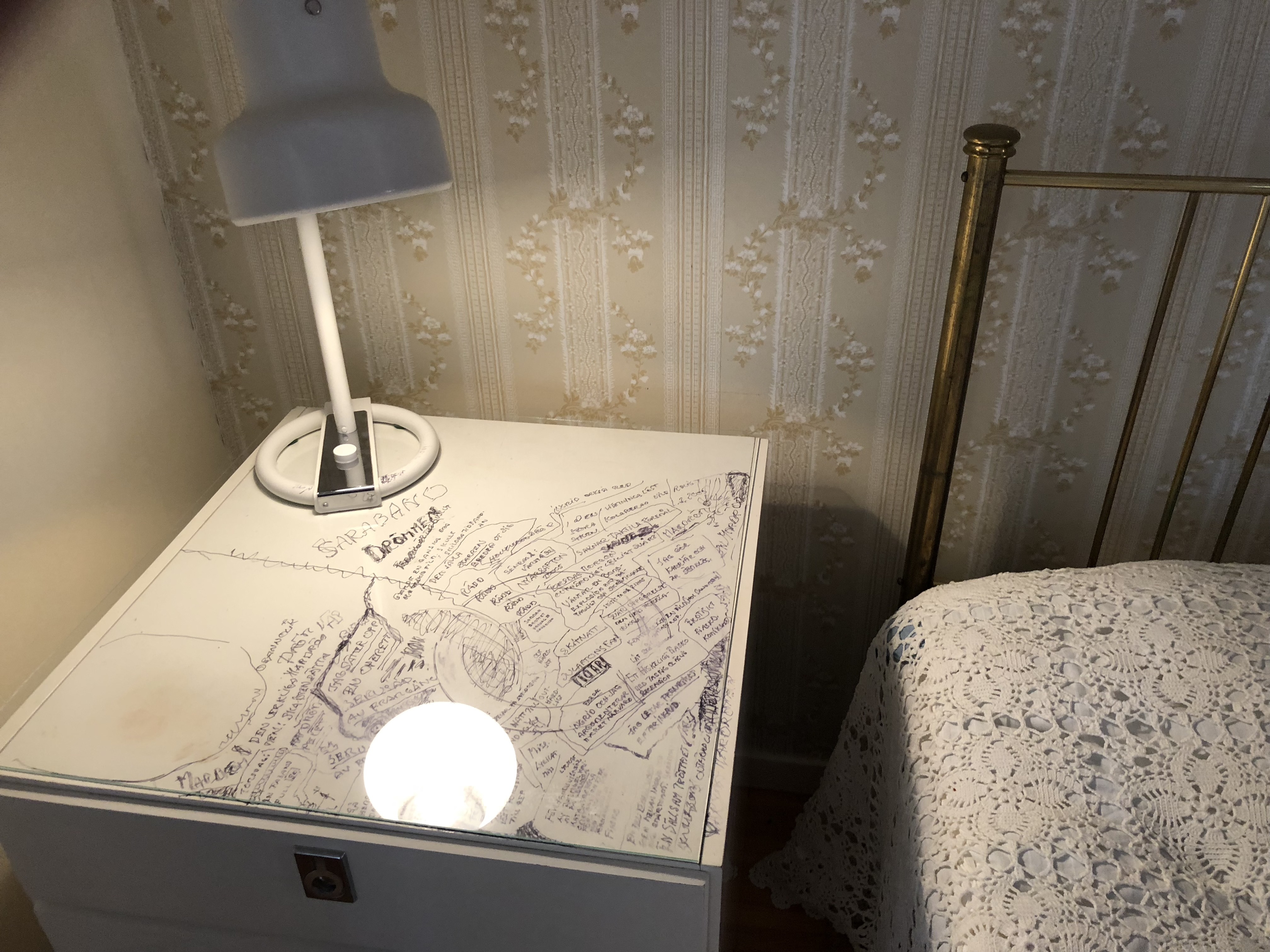
At the end of the day, using the screening room of the Bergman Center as a stage (no windows to block) I managed to shoot the keylight tests I wanted, always very simple, a model in close up, two very lateral lights, each of them lighting only one side of the face (ugly result but beauty is not the point), one side remains under the same light, the stop on the camera is always the same; the other side, by moving the light closer or further away from the model and also by putting some ND gel in front of it changes the amount of light hitting the other side of the face, from proper exposure, 0, to +4 stops, to 0 again and down to -5 stops by one stop increment. All this being printed (or colored) in one light value, the one for the 0/0 lighting. Doing so, I can judge for every film stock what levels of over and under exposure I like and when I am losing all details, getting full white or full black.
Friday, July 13
Third and last day of tech scouts. At some point, Dirk, who has been talking on his phone, leans over and says that Charlie, the 2ndAC, had been told by Tobias (1stAC) who himself knew it from the German producer that the film was stopped. Glynn Speeckaert, ASC — father of Charlie and who has worked with Dirk many times — had called Dirk to try to know more. As we are scouting it doesn’t seem very serious, but still, we keep thinking about it.
After lunch, when leaving the Bergman Center where we had been this time to scout, Pierre and the Swedish producer tell us that the main actor, for private reasons, can't leave the States. The film is stopped.
Difficult moment for all of us.
Half an hour later, some hope shows up: the producers are going to study the possibility of filming this summer all the scenes without Tony’s character, i.e. mostly the film in the film, with Mia Wasikowska and Anders Danielsen Lie and also some scenes with the character named Chris (Vicky Krieps) when they are not involving her companion Tony — 25 days maximum. It would probably mean a late start, a push by at least one week and maybe two, an earlier end date, and, of course, some shoot next spring with an actor to play Tony.
The day ends with an improvised barbecue for all the crew and cast members present in the island. Strangely, and like each wrap party I go to, I don’t know half of the people.
To be continued in Part III. Catch up with Part I here.
A more formal interview with the cinematographer can be found here.


